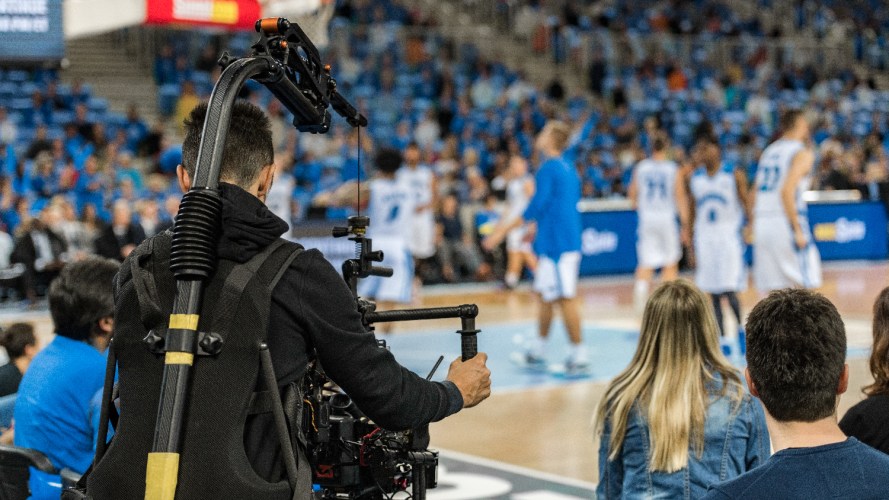The Four Secrets To Becoming An Experience-Focused Brand



Executives in this new era of marketing ensure a consistent customer experience across the entire business.

Mathew Sweezey
Today, 80% of customers say the experience a company provides is as important as its products and services, according to Salesforce’s State of the Connected Customer report. When consumers say “experience,” they are not necessarily asking for immersive or interactive ads; instead, they expect consistency, personalization, and convenience. These experiences include a variety of touch points — from a single digital ad to an organization’s sales process to product support. In short, great experiences occur throughout a customer’s lifecycle, not just at a single, memorable moment.
To become an experience-focused brand, marketers should follow these four tips:
1. Get executive buy-in for new marketing ideas
In the third edition of Salesforce’s State of Marketing report, launched in 2016, we identified the key differences between high and low-performance marketing organizations. The number one difference was executive buy-in to a new idea of marketing, not new marketing ideas.
When executives see the power of a refocused business model to create cohesive experiences across the customer lifecycle and give up the idea that marketing is only a way to increase net new sales, they can achieve true breakout success. In fact, we found high-performing marketing organizations to be more likely to significantly beat their direct competition by a factor of 96.3x.
2. Invest budget to support the customer experience
Experiences are powerful, and creating them isn’t easy or cheap. In fact, the median number of data sources used by marketers is forecasted to jump from 12 in 2018 to 15 in 2019, according to Salesforce’s State of Marketing report. This increased number of data sources and technologies that must talk together to create real-time, bespoke experiences can pose a challenge to meeting high customer expectations.
One question then, is: How much should you invest in customer experience — and the technology that makes seamless, scalable experiences possible?
After consulting with many CMOs, marketing experts, and venture capital firms, I’ve come to the conclusion that the average brand needs to spend somewhere between six and 12% of gross revenue, with approximately 15% of that budget for marketing technology. Without executive buy-in to the new idea of marketing, you simply won’t be given the funds to invest in customer experience.
3. Encourage cross-functional collaboration
With marketing in charge of building better customer experiences, brands are beginning to see stronger collaboration between marketing and other teams. Marketing is the glue for the entire customer experience.
Marketing and commerce
Currently, 50% of marketing and commerce teams share common goals and metrics. This collaboration allows brands to create true, cross-channel shopping experiences that connect ecommerce, brick and mortar stores, and individual campaigns for an amazing cohesive experience.
Marketing and sales
Marketing and sales teams have a history of butting heads — or working in silos. However, with the rise of account-based marketing methods, marketing and sales now work closely together. In fact, high-performing marketers are 1.5x more likely than underperformers to collaborate with sales teams on ABM programs.
Marketing and service
With a unified customer view, marketing and customer service teams operate as extensions of each other. For instance, roughly six in 10 marketing teams now track customer satisfaction and retention, and 53% of marketing teams share common goals and metrics with service teams.
When marketers become advocates for customer experience, they can empower all teams to better serve the modern customer’s needs.
4. Advocate for a customer experience leader
This new definition of marketing changes everything from how marketing is looked at, executed, and even managed. Brands like Motorola, J.Crew, and Publicis, have all placed new executives in charge of customer experience, dubbing these leaders chief experience officers. Their role is to ensure a consistent customer experience across the entire business. In many cases, this CXO is now the head of marketing.
In a conversation with Diane Magers, CEO at Customer Experience Professionals Association, she described the role of marketing leadership. She sees marketing leaders as “bridge builders.” They must create links between departments to ensure all customer experiences are consistent and optimized. If not, each department will operate with self-serving goals instead of rallying around customer experiences.
For a deep dive into what the next five years hold for marketing, watch our webinar The Future of Marketing: 2019 Edition. This webinar covers a wide range of topics, from foundational changes in the role and scope of marketing, to how your data use will be in-depth and increase over the next five years.























